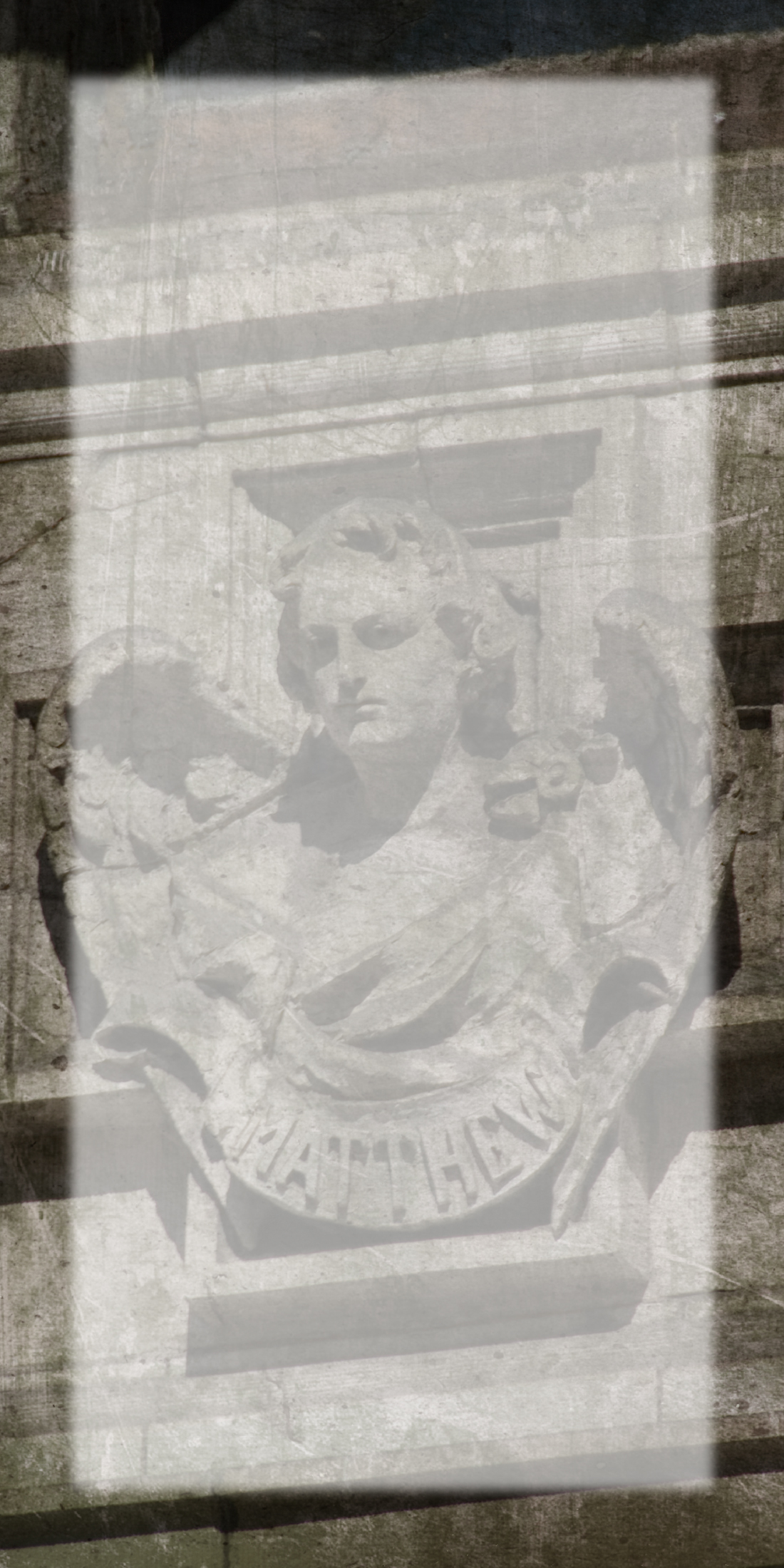MK: You began as a photographer. Did your father [Ben Somoroff] influence your decision to do photography? Do you see an influence on your early work? How?
MS: Well, let me first say that I loved my father very much. I admired him and very much wanted to be like him in many ways. My father was a great artist in my mind. He was one of the real pioneers of magazine photography in the twentieth century. Together with photographers like Irving Penn, Arnold Newman, Ben Rose, Louis Faurer, he contributed to the way we see ourselves today. Actually, it could be argued that they helped to create the syntax for our collective experience of truth as it is affected by media, which is an important topic one inevitably gets to when speaking about the kind of digital technologies we are exploring here. Anyway, although his artwork was created within a commercial context, was more “applied” art as opposed to what people refer to as “fine” art—definitions I find absolutely irrelevant and passé in today’s world, it was invested with great sophistication and intelligence. It was definitely a part of a specific cultural tradition, one that finds its way all the way back to the history of painting. Peter Galassi, the chief curator of photography at the Museum of Modern Art, did a great project many years ago tracing this influence, which must be taken very seriously. I am of course just the next generation under this spell.
Additionally, my father was a student of the great 20th century art director, Alexy Brodovitch, who was arguably the most influential magazine art director of the century. Brodovitch believed that the creative process was a part of a larger process of self-realization. Thus his demand for complete individuality as it pertained to the creation of any artwork became an essential quality in the way those close to the master saw the creative process, my father included. This plays a very important role in not only the way I view art but also in the way I make it. Good art is always a part of the process of self-realization we are all involved in.

"Word" Photo © Michael Somoroff
MK: How did your work evolve: photography (still life and portraits) to where it is now?
MS: Well as you know, I “grew-up” in photography. So I guess I tend to view the world through its lens – so to speak. I have always been keenly aware of the element of time in my daily experience in ways that I think are unique. Time is the substrate of the physical world. Everything progresses and exists within the dimension of time. It is all encompassing, which is the point.
Early on as I have already said, I became interested in the true nature of reality. In my pursuit of a model one thing became clear to me: our normal experience of the world as presented to us by our senses is a very incomplete picture. Take, for example, our experience of separateness, which seems to at the heart of our daily lives; in fact we are all connected to one another. The electrons that are a part of the atoms that make up my body are in constant exchange like an ethereal cloud with the sub-atomic particles of this chair, of you, and so on. All of this is happening within the container of space/time. (The perception that we are separate from one another and from other things in general, is in contradiction with a larger, more subtle consciousness, namely the consciousness of the universe. Or better, experiencing the world within the universe’s “Oneness”.) What does all this have to do with photography? Well, photography is the only artistic medium that is able to translate time into form.Interview answer continues on next page.
